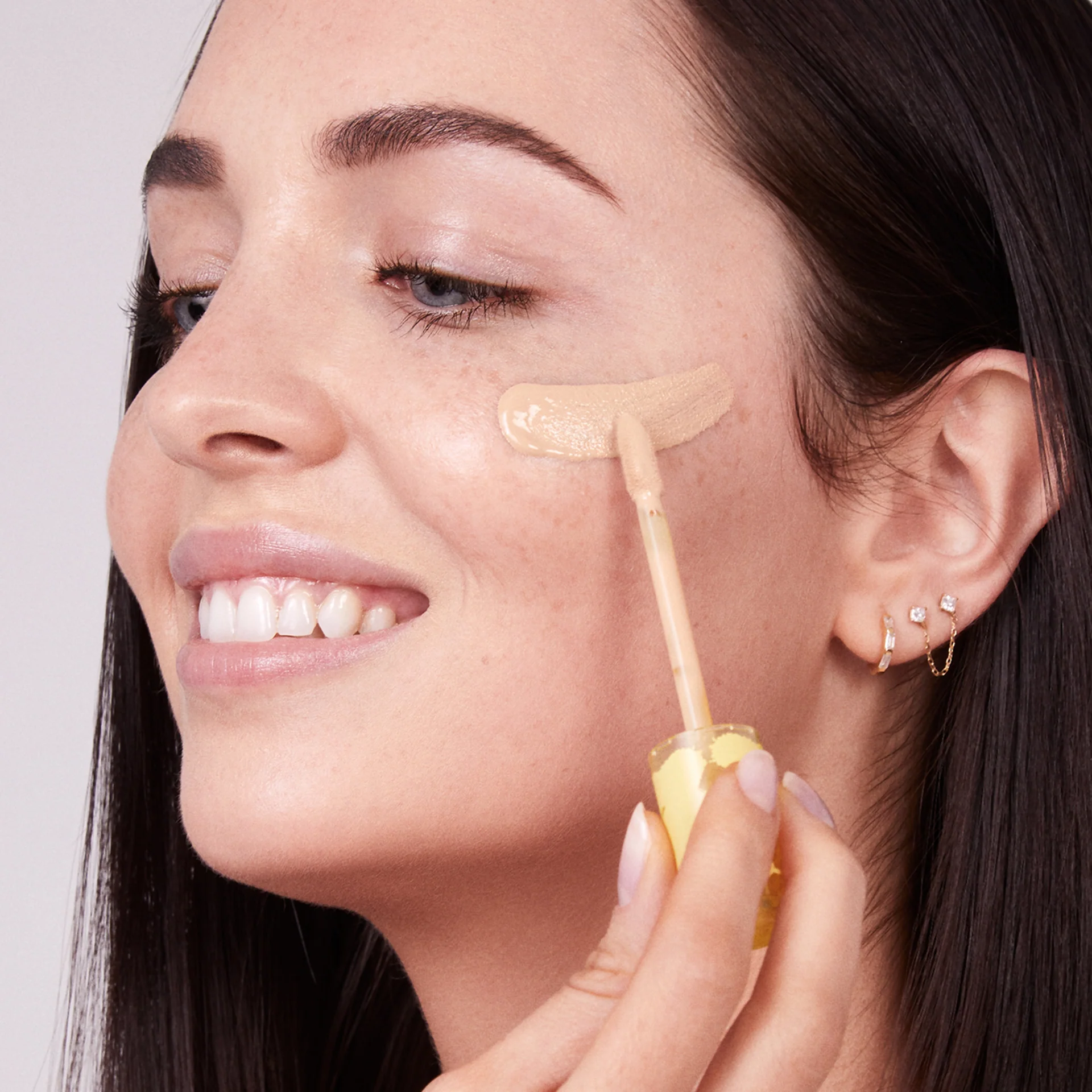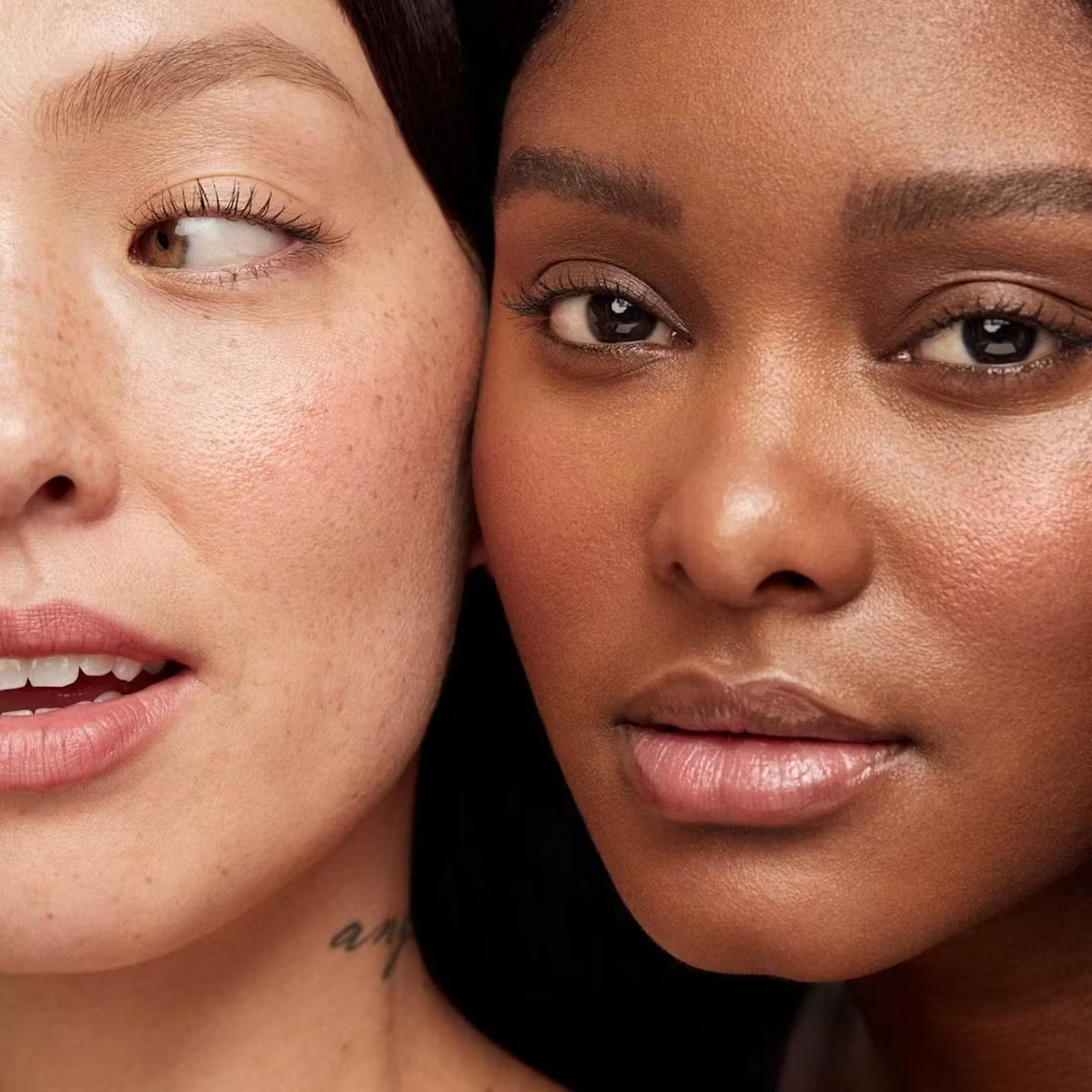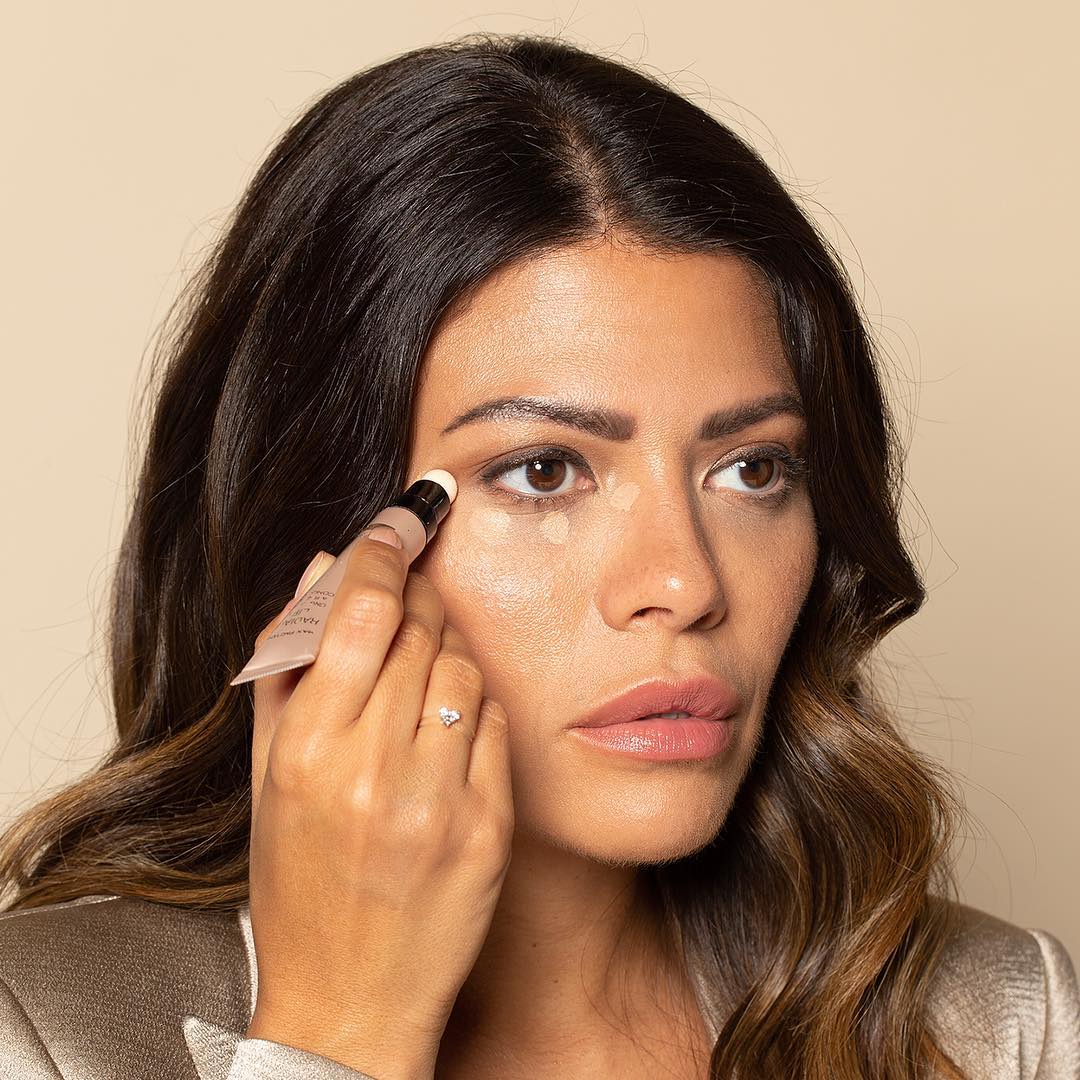
Concealer Usage Guide: Order Matters for Flawless Skin
Introduction to Foundation and Concealer
When we talk about makeup basics, foundation and concealer are essentials. They correct imperfections and enhance beauty. But which comes first?
Understanding Foundation: Purpose and Types
Foundation serves as a makeup base. It creates a uniform skin tone and hides flaws. The types of foundation—liquid, powder, and cream—suit different skin needs. Oily skins favor powder, dry skins cream, and liquid is versatile for all.
Choosing the right shade is critical. A wrong shade makes your skin look unnatural. So, it’s essential to match foundation closely to your skin tone.
What is Concealer? Key Benefits and Uses
Concealer targets specific problem areas like blemishes and dark circles. It is a high-coverage product that complements foundation. Concealer comes in various shades to combat different issues. For instance, peach tones help with dark circles, while green tones reduce redness.
Its benefits include hiding imperfections, brightening under-eye areas, and evening out skin tone. It’s a must-have for a polished makeup look.
In short, both products play distinct and crucial roles in makeup application. Foundation evens out the entire face, while concealer addresses precise spots needing extra coverage.

Application Techniques
How to Apply Foundation for Best Results
Applying foundation correctly is key for a smooth look. Here are simple steps:
- Start with a clean, moisturized face.
- Use a primer to create a perfect canvas.
- Choose the right foundation for your skin type: liquid, powder, or cream.
- Match foundation to your skin tone for a natural look.
- Apply foundation from the center of your face and blend outward.
- Use a brush for dots of foundation, then blend with a damp sponge.
- Ensure no harsh lines at your neck.
- Set with light moisturizer or setting spray if needed.
Remember, finding the right foundation type and shade is crucial. A good base helps with the next steps.
Correct Application of Concealer
Concealer hides blemishes and dark circles. To apply it correctly:
- After foundation, pinpoint areas that need extra coverage.
- Use shades like peach for under-eye or green for redness.
- Pat concealer on gently—don’t rub.
- For under-eye circles, make a triangle with concealer then press it into skin.
- For spots, clean the area, then dab on concealer.
- Set with a powder to lock in place.
By applying concealer over foundation, you use less product. This prevents cakes or patches. The order—foundation then concealer—ensures a flawless finish. Stick to these techniques for best results.
Sequence of Application
Why Foundation Comes First?
When it comes to creating a flawless makeup look, the sequence of application is crucial. Most makeup artists advocate for applying foundation before concealer. This method has several benefits. Firstly, foundation creates a uniform base that covers general imperfections and evens out your skin tone. By doing this first, it reduces the amount of concealer you might need. Basically, it helps you see which areas need more coverage.
Applying foundation first also prevents the concealer from being blended away or smudged during the foundation application. It allows for a more precise application of concealer on targeted areas since the overall complexion is already smoothed out. Remember, foundation lays the groundwork for a great makeup session, providing the optimal canvas for the rest of your products.
Exceptions to the Rule: When to Apply Concealer First
While the general rule is to go with foundation first, there are exceptions. If you have severe discolorations, like very dark under-eye circles or pronounced red spots, applying concealer first can be beneficial. This technique involves color correction. A colored concealer (like peach for under-eye shadows or green for red blemishes) can neutralize extreme colors. Once these spots are neutralized, applying foundation can cover the concealer, creating a seamless appearance.
If extra coverage is needed after foundation application, a little more concealer can be patted on gently. This step ensures those tough areas are perfectly camouflaged, ensuring a flawless finish. Remember, when it comes to makeup, understanding the fundamentals and exceptions allows for customizable applications tailored to individual needs.

Enhancing Makeup Longevity and Effectiveness
For makeup to last and look fresh all day, technique is key. Proper application increases the effectiveness of your products, especially when using foundation and concealer. Below we discuss how to boost makeup longevity.
The Role of Makeup Primer
Primer is a must for long-lasting makeup. It acts as a barrier, protecting your skin. It also smooths out fine lines and pores, making your face an ideal canvas. Apply primer after your skin care routine and before foundation. This ensures that your makeup clings on better and stays true to its color.
Additional Tips for Keeping Makeup Intact
Besides primer, there are other ways to keep your makeup in place. Here are some handy tips:
- Use a Setting Spray: This locks everything in place. Spritz it on after you’ve completed your makeup.
- Avoid Touching Your Face: This minimizes makeup smudging and fading.
- Blot Oil Away: Use blotting papers instead of adding more powder over oil.
- Stay Hydrated: Drink water to keep your skin moisturized from the inside out.
- Limit Sun Exposure: Sun can melt makeup, so wear a hat or seek shade when possible.
- Layer Wisely: Apply thin layers of makeup rather than one thick one for better staying power.
By following these tips, you can maximize the durability and appearance of your foundation and concealer. A proper base with primer and the right application techniques are the foundation to a lasting, flawless look.

Selecting the Right Products
Navigating the makeup aisle for the ideal foundation and concealer can be tricky. Here are some tips to guide your selection.
How to Choose the Appropriate Foundation
The right foundation acts as a second skin, so it’s vital to choose wisely.
- Identify your skin type: oily, dry, or combination.
- Opt for powder foundation if you have oily skin. Dry skin? Go for cream.
- Liquid foundations work well for most skin types.
- Look for added benefits, like SPF or moisturizing properties.
- Consider brand reviews and recommendations.
- Test shades on your jawline to ensure a match.
Choosing your foundation needn’t be daunting. With the above pointers, you’ll find your perfect match.
Selecting the Correct Shade of Concealer
Picking a concealer shade can make or break your makeup look.
- Match to your skin tone or go one shade lighter.
- Use color correctors for specific issues: green for redness, peach for dark circles.
- Test concealer in natural light for true color.
- Quality matters; opt for brands known for concealers.
- Don’t rush, take your time to find the right shade.
With these considerations, you’ll confidently choose a concealer that enhances and perfects your complexion.
Seasonal and Skin Type Considerations
Your makeup routine may need tweaks as seasons change or when considering your skin type.
Adjusting Your Products for Seasonal Changes
Different seasons mean changes in weather, and your skin will react to these. In summer, heat may increase skin oiliness, so a lighter, oil-free foundation is ideal. Winter chill can dry skin; a hydrating cream foundation can help. Always use SPF foundation in sunny seasons to protect from UV rays.
Remember to also switch concealer shades. As your skin tans or lightens, update your concealer to match. Consider a waterproof concealer in summer to prevent makeup from melting away.
Considering Skin Types: The Best Foundation and Concealer Options
Your skin type plays a role in the foundation and concealer you choose. Oily skin benefits from matte, powder foundations while dry skin may need a creamy, moisturizing foundation. If you have combination skin, a liquid foundation, possibly oil-free, can balance different areas.
For concealers, if you have oily skin, try a stick or compact for longer wear. Liquid concealers with a hydrating formula work well for dry skin types. Using color correctors? Green neutralizes redness for acne-prone skin, while peach or yellow can brighten dark areas for all skin types.
By considering the season and your skin type, you can find the best products for a flawless finish.

Conclusion: Under or Over?
Choosing whether to apply concealer under or over foundation ultimately depends on individual preference and skin type. While both methods have merits, the decision should be tailored based on the desired look and occasion. Understanding the foundation and concealer relationship plays a crucial role.
Consider the issues to be addressed and the finish you want to achieve. Assess the skin type as it greatly influences the effectiveness of each method. Transitioning techniques can yield different results, adding to the overall versatility.
Investing time in finding the right balance of products will lead to a successful makeup routine. Throughout the journey, experimentation with layering will enhance the experience. The end goal is to achieve a flawless finish that reflects individual beauty.
In the world of makeup, confidence is essential. Whether one chooses to apply concealer beneath or above foundation, feeling empowered is the key. Take this information and incorporate it into makeup routines for stunning, enduring results.

